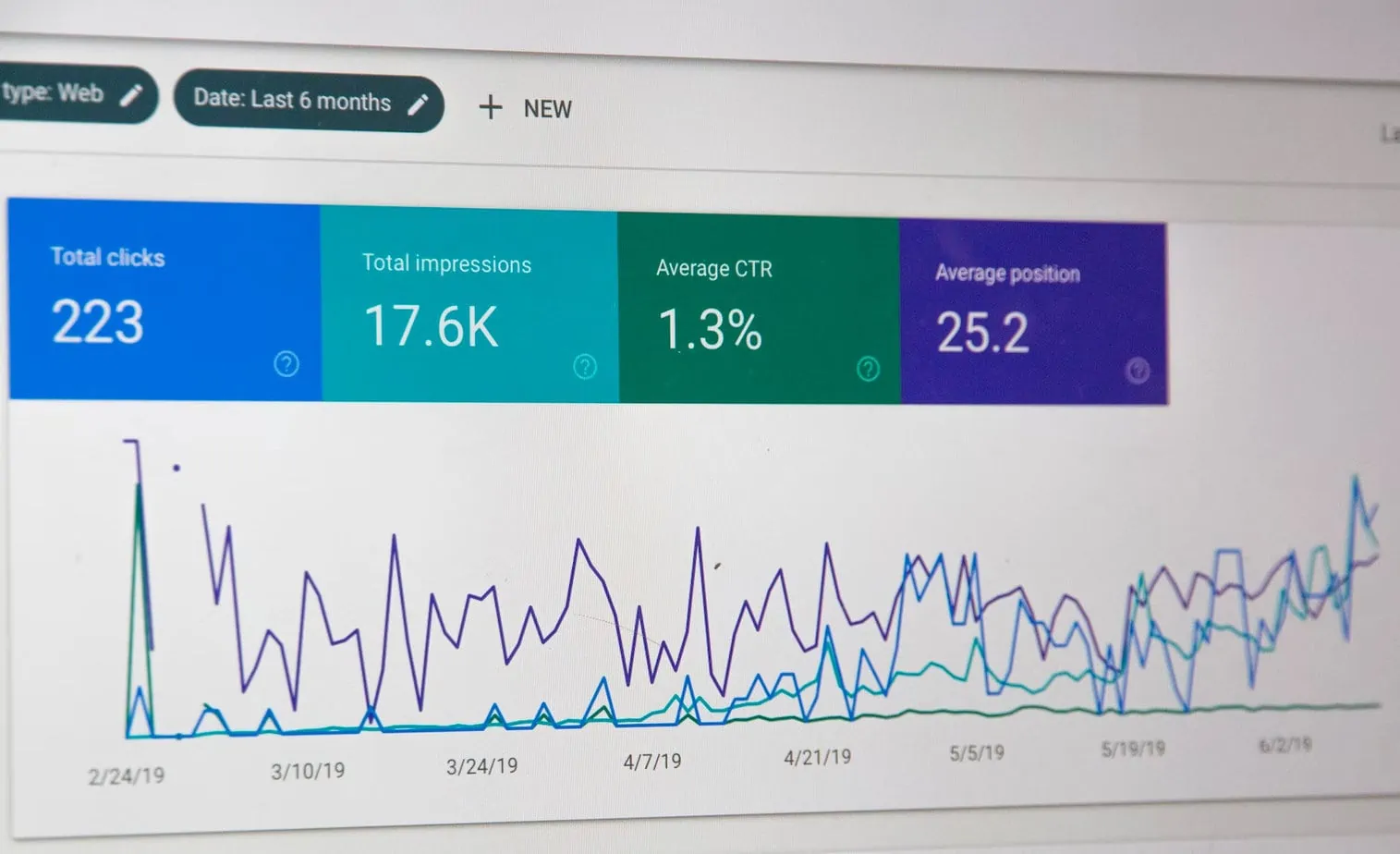
Paid search (pay-per-click, or PPC) campaigns work on a bidding system. You set a budget for your campaign, then you bid on keywords that are relevant to your products or services. The higher your bid, the more likely your ad will appear on the search engine results page (SERP) for those keywords.
For many businesses, PPC advertising is a core part of their marketing strategy. But with so many different options and settings, it can be difficult to know how to get the most out of your PPC campaign. Here are five pieces of advice to help you make the most out of your next PPC campaign:
You don’t have to focus on high-volume keywords
Businesses often try to target the most popular keywords with the highest search volume, but this isn’t always the best strategy. Not only are these keywords usually very competitive, but they also tend to be quite broad.
For example, if you sell shoes, you might want to bid on the keyword “shoes.” But this could mean that your ad is shown to people who are looking for information on shoes, or who are looking to buy shoes for a child, or who want to know how to clean their shoes. These are all very different types of searches, and it can be difficult to target your ad to all of them.
In many cases, these keywords also have high cost-per-clicks (CPCs), which can quickly eat into your budget. Instead of targeting broad, high-volume keywords, it can be more effective to focus on long-tail keywords. These keywords are longer and more specific phrases that are less popular than general keywords, but they tend to be much easier to rank for.
For example, instead of bidding on the keyword “shoes,” you could bid on “men’s leather dress shoes.” This is a much more specific keyword, so it’s more likely that people who see your ad are actually interested in what you’re selling.
Focus on different parts of the sales funnel when targeting keywords
Focusing only on top-of-funnel keywords is a common mistake that businesses make. These are the keywords that people use when they’re first starting to research a product or service. For example, if someone is looking for information on shoes, they might search for “types of shoes” or “what to look for in a good pair of shoes.”
While it’s important to target these keywords, you also need to target keywords in different stages of the conversion funnel. These are the keywords that people use when they’re ready to buy. For example, someone who is looking to buy a pair of shoes might search for “men’s size 12 black dress shoes.”
If you only focus on top-of-funnel keywords, you’ll get a lot of clicks, but you probably won’t see many sales. On the other hand, if you only focus on bottom-of-funnel keywords, you’ll get fewer clicks, but the people who do click will be more likely to buy something. The best strategy is to target both top, mid, and bottom-of-funnel keywords. This way, you’ll be able to reach people at all stages of the buying process.
Use negative keywords to filter out unqualified clicks
Getting more leads and traffic is only useful if they could actually use what you are selling. That’s why it’s important to use negative keywords to filter out unqualified clicks. Negative keywords are words or phrases that you specify as being irrelevant to your ad campaign. That way, when someone searches for one of those terms, your ad won’t be shown. This can help to improve your click-through rate and avoid wasting money on leads that ultimately won’t convert.
You can add negative keywords at the ad group or campaign level. At the group level, your negative keywords will only apply to certain ads within a campaign. At the campaign level, your negative keywords will apply to all of the ads in that campaign.
For example, let’s say you’re selling shoes and you’ve added the negative keyword “children.” This means that your ad won’t be shown to anyone who searches for “children’s shoes.” You can also use negative keywords to filter out specific locations that you don’t want to target. If you only sell shoes in the United States, you could add the negative keyword “Canada” to ensure that your ad doesn’t show up to people searching in that country.
Create great content to convert your traffic into customers
Getting lots of qualified traffic to your page is only half of the battle. All of your paid search traffic is worthless if they don’t actually convert into customers. To get people to buy something from you, you need to have great content on your page. This means having well-written and informative product descriptions, compelling call-to-actions, and helpful blog posts or articles.
If you want people to convert, you need to give them a reason to. Great content is the best way to accomplish this. Here are some tips for creating great content:
- Make sure your product descriptions are clear and concise.
- Use strong call-to-actions to tell people what you want them to do.
- Write helpful and informative blog posts or articles.
- Use images, videos, and infographics to break up your text and make it more visually appealing.
If you need help creating high-converting copy that will get you the most out of your paid search campaigns, it may be worth it to check out an agency like CopyPress.
PPC traffic won’t last like SEO traffic
It’s important to remember that SEO is a long-term strategy—it takes time to build and won’t work right away, but it will pay off in the long run. PPC, on the other hand, will deliver results much more quickly. Since you’re paying for your traffic, you can see results almost immediately. However, it’s important to keep in mind that PPC traffic is not sustainable in the long term. Once you stop paying for your ads, your traffic will stop coming. This is why it’s important to focus on building a long-term SEO strategy as well as a short-term strategy with paid ads.
Endnote
Keep these tips in mind when creating your next PPC campaign and you’ll surely see better results. Remember that quality content is key to converting traffic, so don’t skimp on that aspect of your campaign. Finally, keep in mind that PPC traffic is not sustainable in the long term, so focus on building a long-term SEO strategy as well.









0 Comments